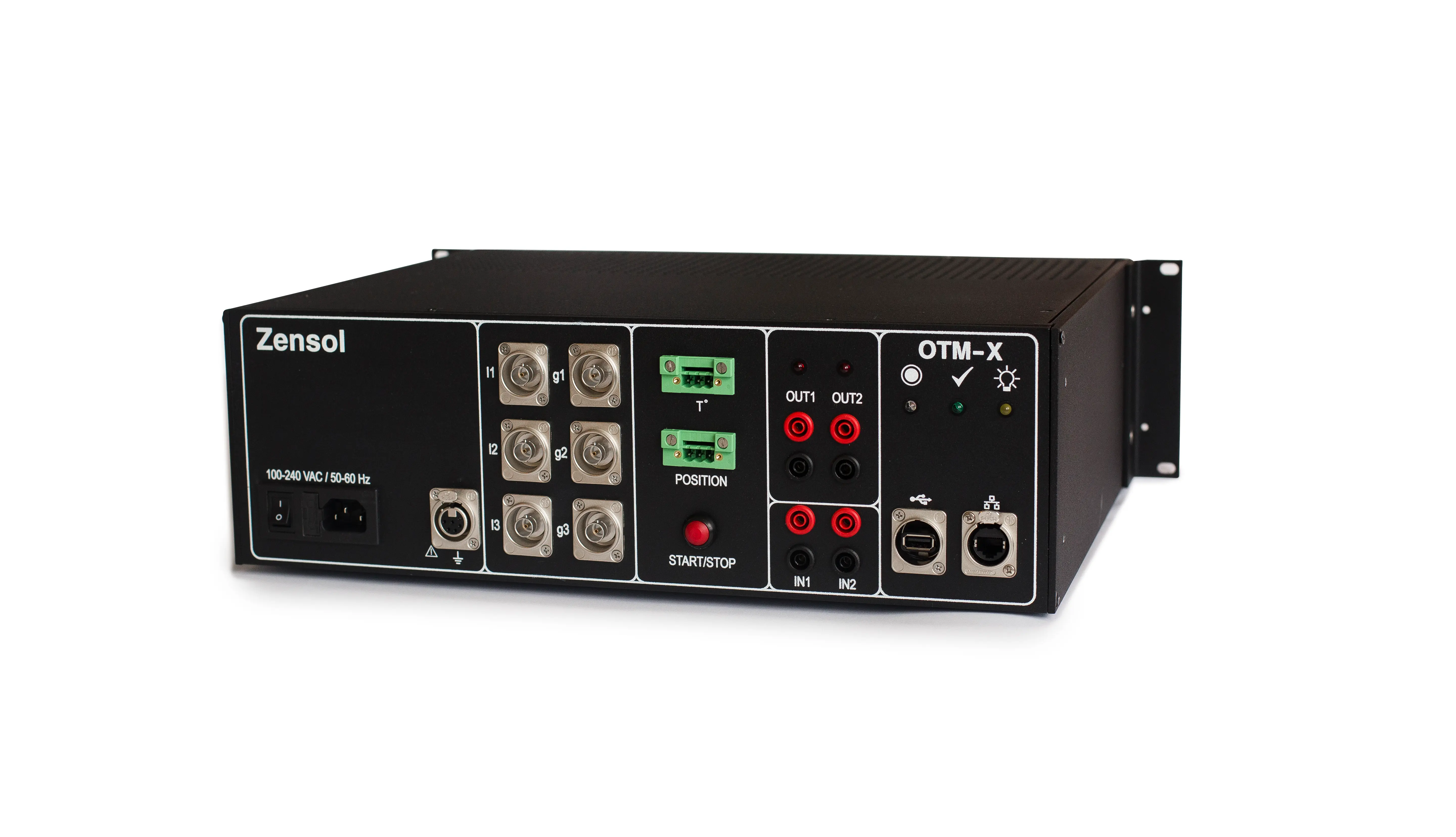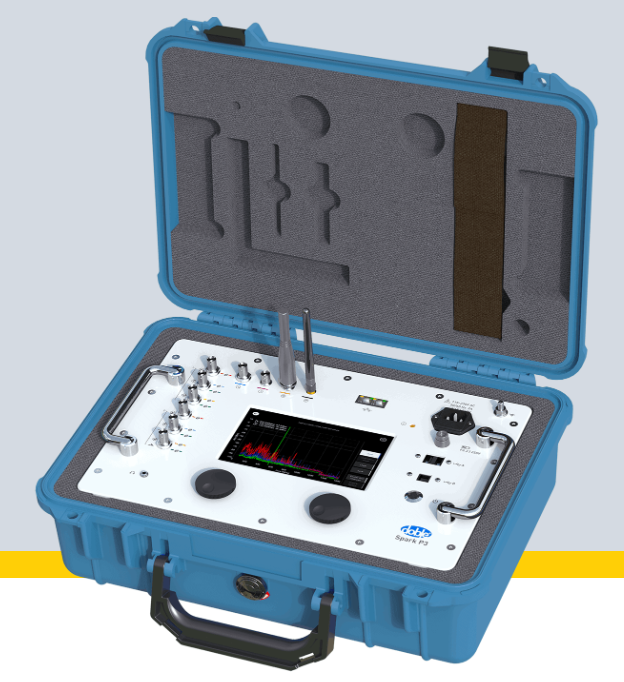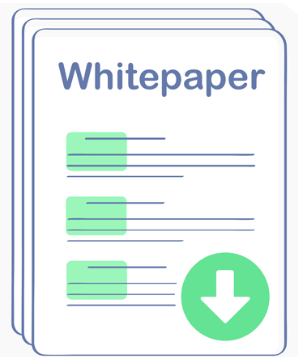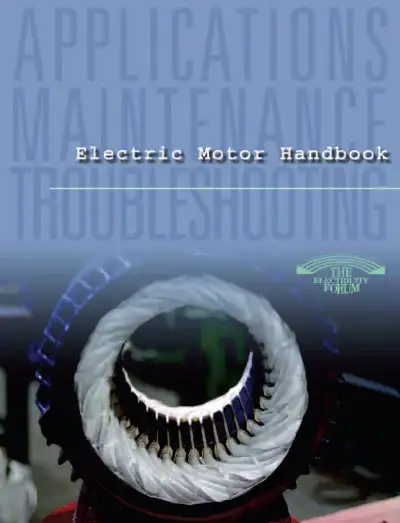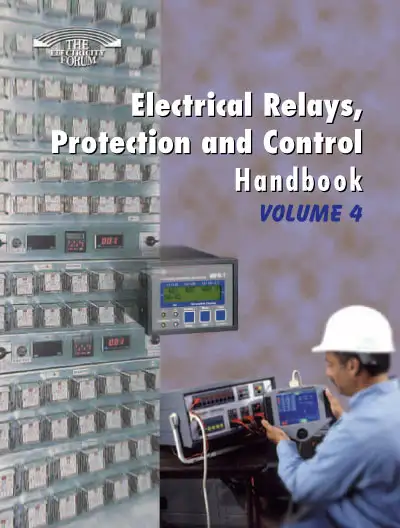Selectivity Analysis and Coordination Studies
Aging Infrastructure and Protection Coordination: Strategies for Maintaining Safety in Evolving Power Systems
Time-Current Curves Analysis
Advanced TCC Modeling Techniques: Incorporating Real-World Data for Improved Accuracy
Advancements in Software for Time-Current Curve Analysis
Software Tools for Protection Coordination
Accuracy and Reliability of Simulation Models in Protection Coordination Software
AI and Machine Learning Integration in Protection Coordination Software
Protection Coordination
Integration of AI and Machine Learning in Time-Current Curves Analysis
Time-Current Curve (TCC) analysis is a cornerstone of protection coordination studies for electrical power systems. While modern software has significantly improved the efficiency and accuracy of this process, the integration of Artificial Intelligence (AI) and Machine Learning (ML) offers exciting possibilities for further advancements. This article explores the potential of AI and ML in enhancing TCC analysis, leading to automated coordination processes and improved predictive capabilities.
The Paradigm Shift in TCC Analysis
Traditional methods of TCC analysis, often manual and time-consuming, are being transformed by AI and ML, leading to more efficient and precise protection coordination.
From Manual to Automated
Traditional Approach: Engineers manually analyze TCCs to ensure protective devices operate properly during electrical faults.
AI and ML Integration: These technologies automate the analysis, reducing manual labor and enhancing accuracy.
Benefits of AI and ML in TCC Analysis
The adoption of AI and ML technologies in TCC analysis brings several key benefits, enhancing both the process and its outcomes.
Improved Accuracy and Predictive Capabilities
Data-Driven Insights: AI algorithms can analyze vast datasets to identify patterns and anomalies that may not be apparent through manual analysis.
Predictive Analysis: ML models can predict potential issues in the protection...












